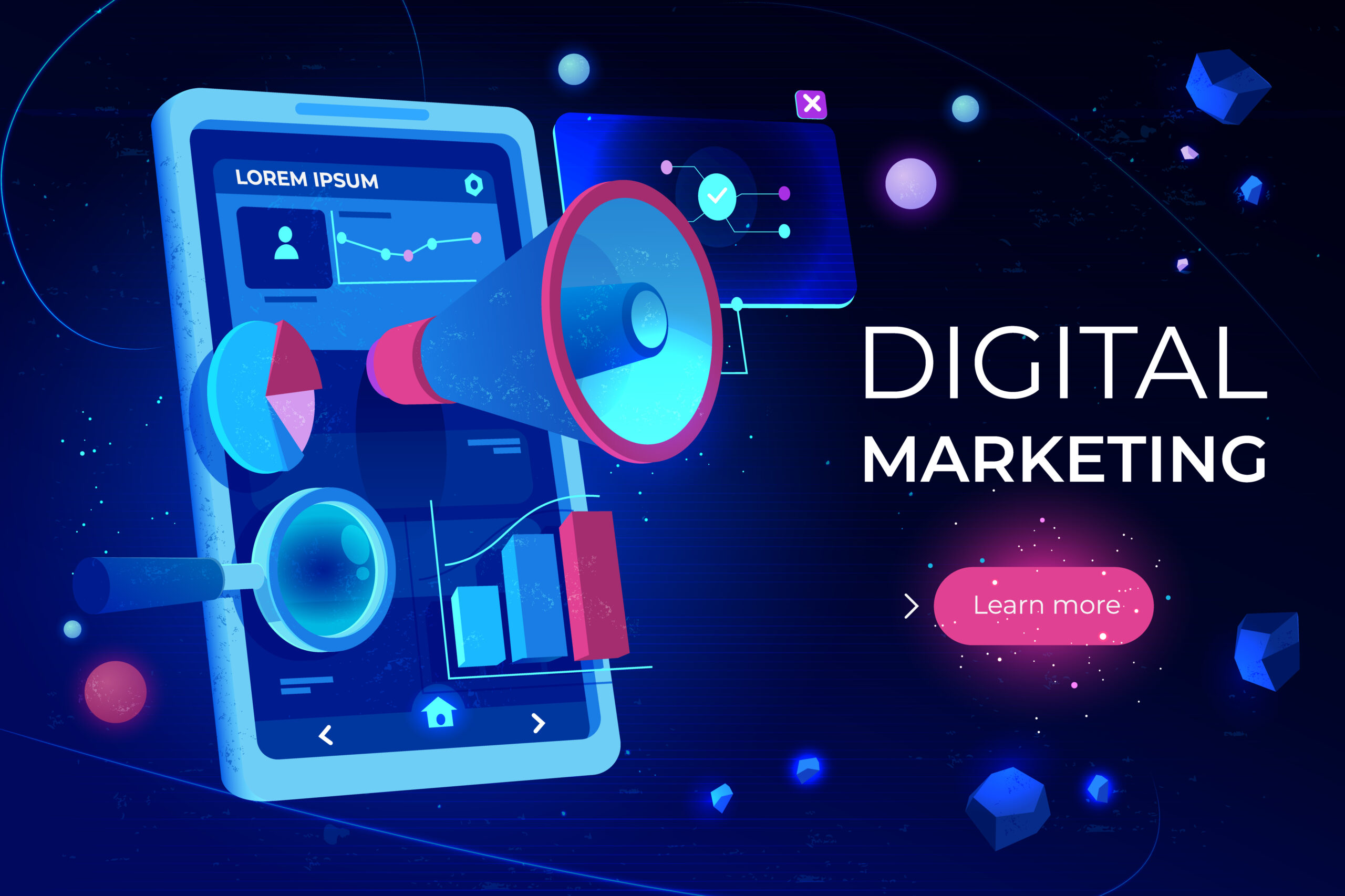
In today’s fast-paced digital landscape, advertising has evolved beyond traditional formats like TV, print, and radio. Businesses of all sizes are now leveraging digital advertising to reach a global audience, promote their products, and drive sales. However, with so many options available, navigating the complex world of digital advertising can be overwhelming. From pay-per-click (PPC) to display ads and social media advertising, each platform and strategy offers unique advantages. This blog will break down the different types of digital advertising and provide actionable tips on how to make them work for your business.
Understanding Different Types of Digital Advertising
Before jumping into specific strategies, it’s important to understand the major types of digital advertising and how they function. Below are the most common forms:
Pay-Per-Click (PPC) Advertising
PPC is one of the most widely used forms of digital advertising. In this model, advertisers pay a fee each time their ad is clicked. Google Ads is the leading platform for PPC, allowing businesses to bid for ad placement in search engine results based on keywords.
Pros:
- Targeted based on search intent
- Provides measurable results through analytics
- Budget control with bidding options
Cons:
- Highly competitive, especially for popular keywords
- Requires ongoing optimization
Display Advertising
Display ads are visual ads that appear on third-party websites in the form of banners, videos, or images. These ads can target specific audiences based on demographics, interests, or browsing history, making them an excellent option for raising brand awareness.
Pros:
- Visually appealing and flexible formats
- Useful for brand awareness and retargeting campaigns
- Can be placed on relevant websites to reach your target audience
Cons:
- May be ignored by users (banner blindness)
- Not always focused on driving direct conversions
Social Media Advertising
Social media platforms like Facebook, Instagram, LinkedIn, and Twitter offer powerful advertising options that allow businesses to target users based on their interests, demographics, and online behavior. These platforms also offer a variety of ad types, such as image ads, video ads, carousel ads, and sponsored posts.
Pros:
- Highly targeted and personalized
- Great for brand engagement and building customer loyalty
- Multiple ad formats to suit different goals (brand awareness, conversions, lead generation)
Cons:
- Algorithms can change frequently, affecting ad performance
- Audience engagement can vary widely depending on platform and strategy
Native Advertising
Native ads blend seamlessly into the content of the platform they’re placed on. Unlike banner ads, they don’t stand out as obvious advertisements and often appear as sponsored articles or promoted posts on news websites and social media feeds.
Pros:
- Less disruptive, blending into content
- High engagement due to natural placement
- Builds trust with users
Cons:
- Can be expensive compared to other formats
- Potential to be viewed as misleading if not clearly labeled as sponsored content
Video Advertising
With platforms like YouTube, TikTok, and Facebook, video advertising has become increasingly popular. Short-form videos are especially engaging, offering an opportunity to convey your message in a highly visual and impactful way.
Pros:
- High engagement and shareability
- Effective for storytelling and building emotional connections
- Appeals to mobile users
Cons:
- Can be costly to produce
- Needs to capture attention quickly (within the first few seconds)

Tips for Making Digital Ads Work for Your Business
Now that we’ve broken down the most common types of digital advertising, let’s look at how to make them work for your business.
Define Your Advertising Goals
Before you invest in any type of digital advertising, clearly define your business goals. Are you aiming to increase brand awareness, drive website traffic, generate leads, or boost sales? Each goal may require a different approach. For example:
- Brand awareness: Focus on display ads or video ads to reach a broad audience.
- Conversions or sales: Use PPC or social media ads with clear calls-to-action (CTAs).
Know Your Audience
The success of digital advertising hinges on targeting the right audience. Utilize analytics tools to gather data about your current customer base, such as demographics, interests, and online behavior. Platforms like Facebook Ads Manager and Google Ads offer precise targeting options that allow you to create highly personalized ads for specific audience segments.
Invest in A/B Testing
Not all ads will perform well right out of the gate. To get the most out of your ad spend, run A/B tests on your campaigns. This involves creating multiple versions of an ad and tweaking different elements like headlines, images, or CTAs to see which one resonates best with your audience.
Monitor and Optimize Regularly
Digital advertising is not a “set it and forget it” strategy. Regularly monitoring key performance indicators (KPIs) like click-through rates (CTR), cost per click (CPC), and conversion rates can help you optimize campaigns for better results. Be ready to adjust targeting, bidding, or ad creative to maximize your return on investment (ROI).
Consider Retargeting
Retargeting is a highly effective strategy that allows you to show ads to users who have previously visited your website or engaged with your brand. Display ads and social media platforms like Facebook and Instagram offer robust retargeting options to help you re-engage potential customers and bring them back into your sales funnel.
Budget Wisely
Budgeting for digital advertising can be tricky, especially for small businesses with limited resources. Start by determining how much you’re willing to spend and allocate that budget across different platforms based on where your audience is most active. PPC and social media advertising often allow you to start with lower budgets, making them accessible to businesses of all sizes.

Conclusion
Navigating the complex world of digital advertising doesn’t have to be intimidating. By understanding the different types of digital ads and how they work, you can create a strategy that aligns with your business goals and budget. Whether you choose PPC for its direct targeting, display ads for brand visibility, or social media ads for audience engagement, the key to success lies in continuous monitoring, optimization, and refinement. Stay agile, keep testing, and adjust your approach as the digital landscape evolves.
With these tips, you can confidently step into the world of digital advertising and start seeing tangible results for your business.







1 Comment
warm blankets
Hey! Do you know if they make any plugins to
assist with SEO? I’m trying to get my site to rank for some targeted keywords but I’m not seeing
very good gains. If you know of any please share.
Appreciate it!